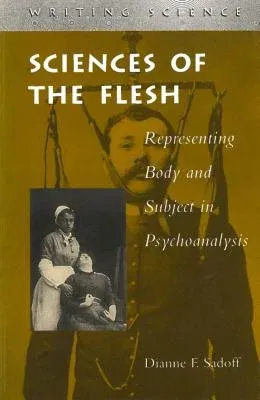Dianne F Sadoff
(Author)Sciences of the Flesh: Representing Body and Subject in PsychoanalysisPaperback, 1 August 1998

Qty
1
Turbo
Ships in 2 - 3 days
In Stock
Free Delivery
Cash on Delivery
15 Days
Free Returns
Secure Checkout

Reading Age
Ages: 13
Grade Levels
8
Part of Series
Writing Science
Part of Series
Writing Science (Paperback)
Print Length
344 pages
Language
English
Publisher
Stanford University Press
Date Published
1 Aug 1998
ISBN-10
0804735085
ISBN-13
9780804735087
Description
Product Details
Audience:
Ages: 13
Author:
Book Format:
Paperback
Country of Origin:
US
Date Published:
1 August 1998
Dimensions:
22.83 x
15.37 x
2.03 cm
Educational Level:
Grade Levels: 8
ISBN-10:
0804735085
ISBN-13:
9780804735087
Language:
English
Location:
Stanford, CA
Pages:
344
Publisher:
Weight:
485.34 gm